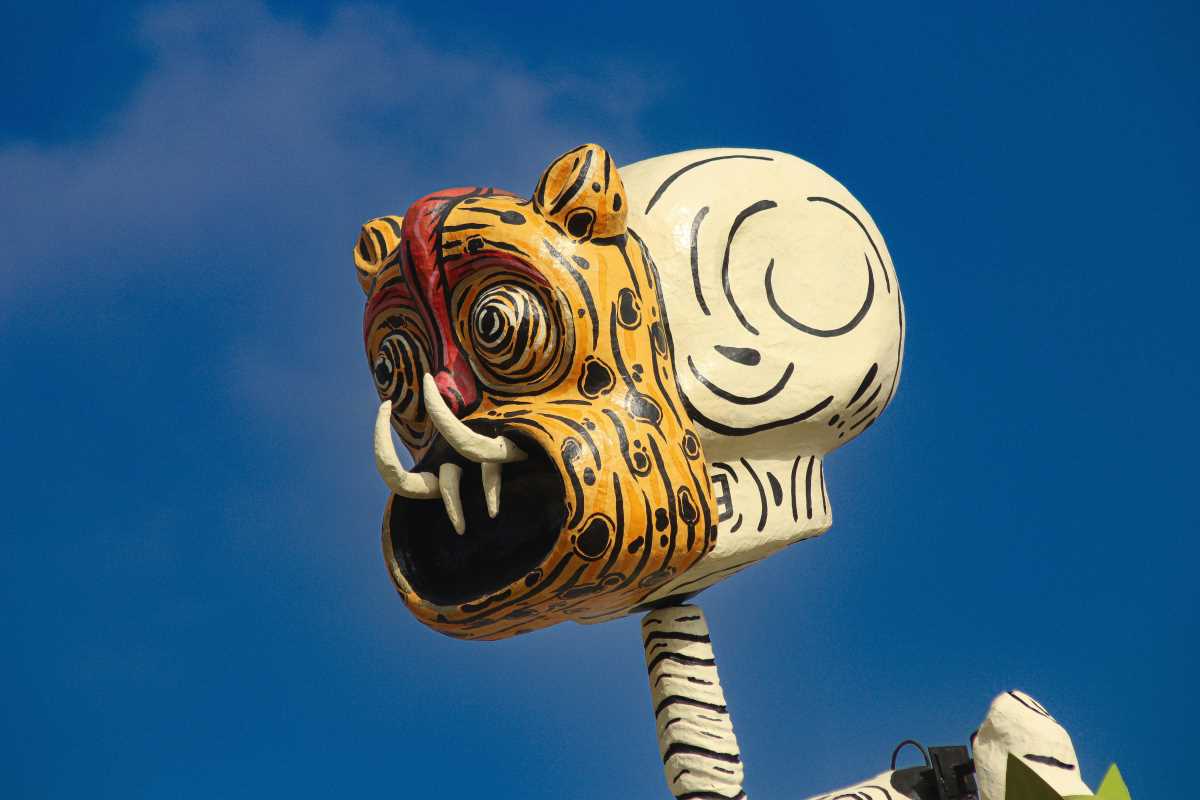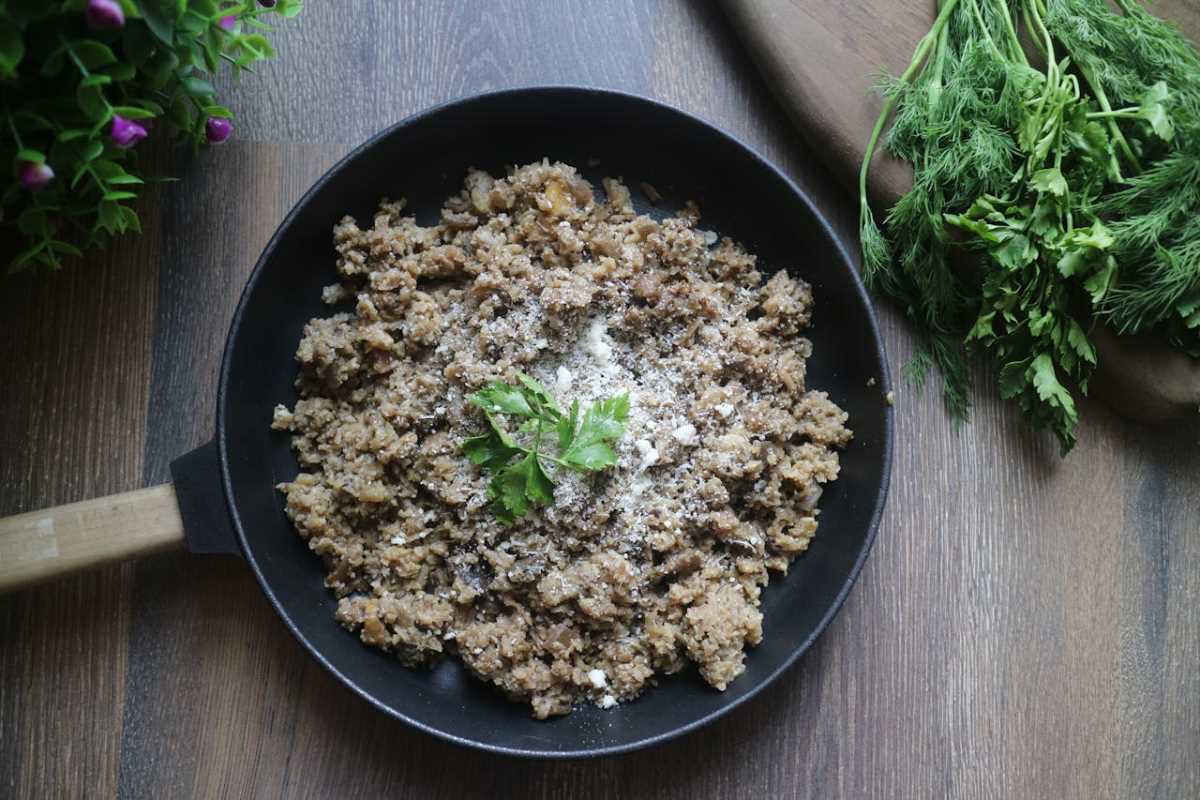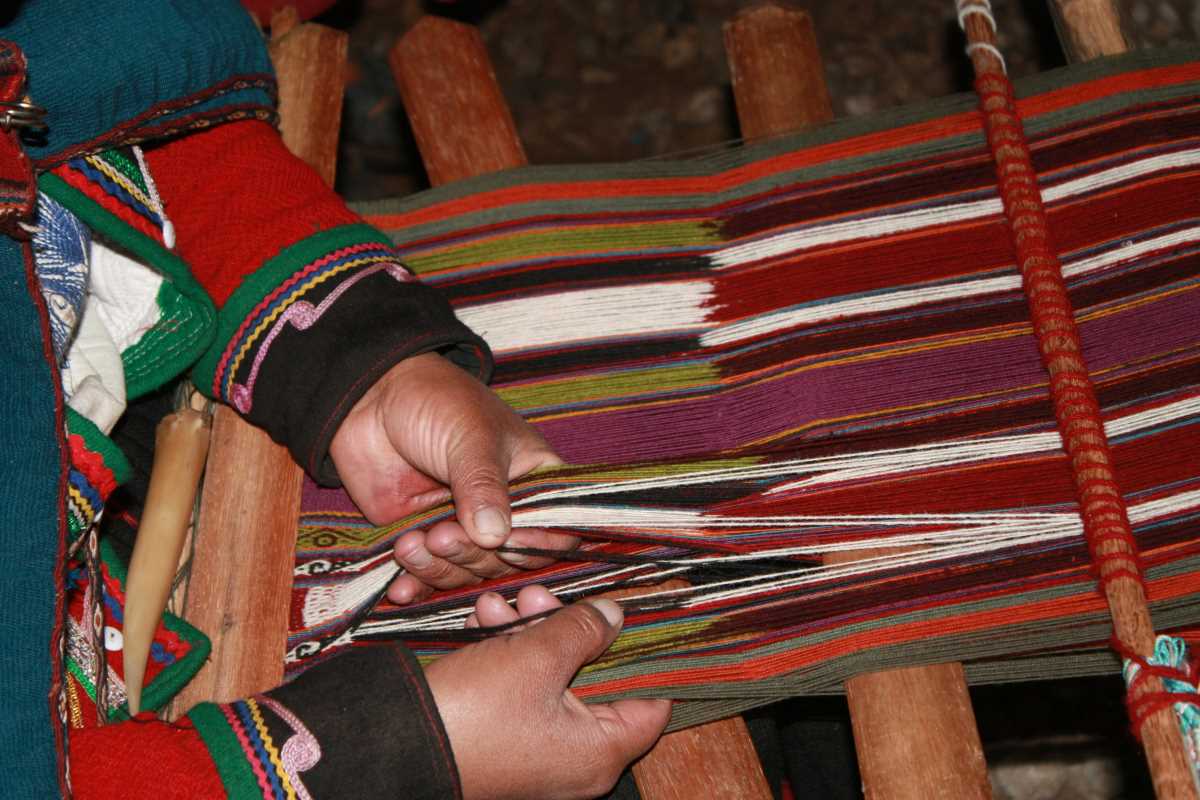Alebrijes are vibrant, fantastical creatures that hold a special place in Mexican culture. These intricate sculptures and colorful paper-mâché figures symbolize a rich blend of imagination and tradition, captivating both locals and visitors alike. Originating from the heart of Mexico, alebrijes have transcended their regional roots to become a global phenomenon, inspiring artists and cultural enthusiasts around the world.
The Origins of Alebrijes
Renowned Mexican artisan Pedro Linares created alebrijes in the 1930s. Legend has it that Linares, while ill, dreamt of a forest filled with unknown and bizarre creatures. Upon recovering, he sought to recreate these fantastical beings, blending elements of Mexican folklore with his vivid imagination.
- Alebrijes initially appeared as paper-mâché figures, showcasing intricate designs and bright colors.
- Artisans inspired them by traditional Mexican masks and sculptures, incorporating mythical elements.
- The term "alebrije" itself originated from Linares, stemming from the word "alebrigar," meaning to excite or perturb.
Over time, artisans evolved the art form, experimenting with different materials and techniques to enhance the detail and durability of alebrijes. This evolution marked the beginning of alebrijes' journey from a local craft to an internationally recognized symbol of Mexican art.
The Artistic Process
Crafting alebrijes involves a meticulous process that combines traditional methods with artistic innovation. Artisans begin by shaping a base structure, often using wire or wood, which serves as the skeleton of the creature. This foundation then receives layers of paper-mâché or carved from wood, depending on the desired outcome.
The use of Mexico is integral to the process, providing the essential colors and patterns that bring each alebrije to life. Painters meticulously apply bright hues and intricate designs, ensuring that each figure is unique and reflective of its creator's vision.
The attention to detail in the artistic process is paramount, as each alebrije features elaborate patterns, expressive faces, and dynamic poses. This dedication not only preserves traditional craftsmanship but also pushes the boundaries of contemporary art, allowing alebrijes to resonate with a diverse global audience.
Alebrijes in Mexican Culture
Alebrijes play a significant role in various Mexican festivals and celebrations, embodying cultural symbolism and artistic expression. They often appear in parades, art exhibitions, and local markets, serving as both decorative elements and cultural artifacts.
- Symbolism: Alebrijes represent the fusion of reality and imagination, reflecting Mexico's rich folklore and mythical traditions.
- Festivals: They prominently display during Dia de los Muertos and other traditional events, symbolizing the connection between the living and the spiritual world.
- Artistic Expression: Alebrijes serve as a medium for artists to showcase their creativity and preserve traditional crafting techniques.
Through these cultural engagements, alebrijes reinforce community identity and celebrate Mexico's artistic heritage. They act as ambassadors of Mexican culture, inviting both locals and tourists to appreciate the depth and vibrancy of the nation's artistic landscape.
From Local to Global
The global journey of alebrijes began in the latter half of the 20th century, as Mexican artisans sought to share their unique creations with a broader audience. This transition gained momentum through international exhibitions, collaborations with global artists, and the increasing interest in multicultural art forms.
The global journey of alebrijes further progressed through their inclusion in international art fairs and museums, where they captivated audiences with their intricate designs and vibrant colors. Media exposure and the efforts of cultural ambassadors played crucial roles in elevating alebrijes to a global status, highlighting their artistic and cultural significance beyond Mexico's borders.
As alebrijes gained international recognition, they began to influence and inspire artists worldwide. This cross-cultural exchange generated a deeper appreciation for Mexican art and facilitated the integration of alebrijes into diverse artistic movements, expanding their impact and reach.
Impact on Global Art and Culture
Alebrijes have left a profound impact on global art and culture, inspiring a wide range of creative expressions and cultural dialogues. Their influence can be seen in various artistic disciplines and cultural contexts around the world.
- Contemporary Sculpture: Modern sculptors have drawn inspiration from the elaborate forms and vivid colors of alebrijes, incorporating similar elements into their works.
- Fashion Design: The intricate patterns and bright hues of alebrijes have influenced fashion designers, leading to vibrant collections that echo the spirit of these creatures.
- Pop Culture: Alebrijes have appeared in films, television shows, and graphic novels, cementing their place in global popular culture.
- Intercultural Collaborations: Artists from different backgrounds have teamed up with Mexican artisans to create hybrid works, blending alebrije elements with other cultural motifs.
- Educational Programs: Cultural institutions worldwide have incorporated alebrijes into their educational programs, teaching students about Mexican art and craftsmanship.
Through these diverse influences, alebrijes have become more than just traditional crafts; they symbolize artistic innovation and cultural exchange. Their ability to adapt and resonate with various artistic communities underscores their enduring significance and universal appeal.
 (Image via
(Image via




.jpg)
